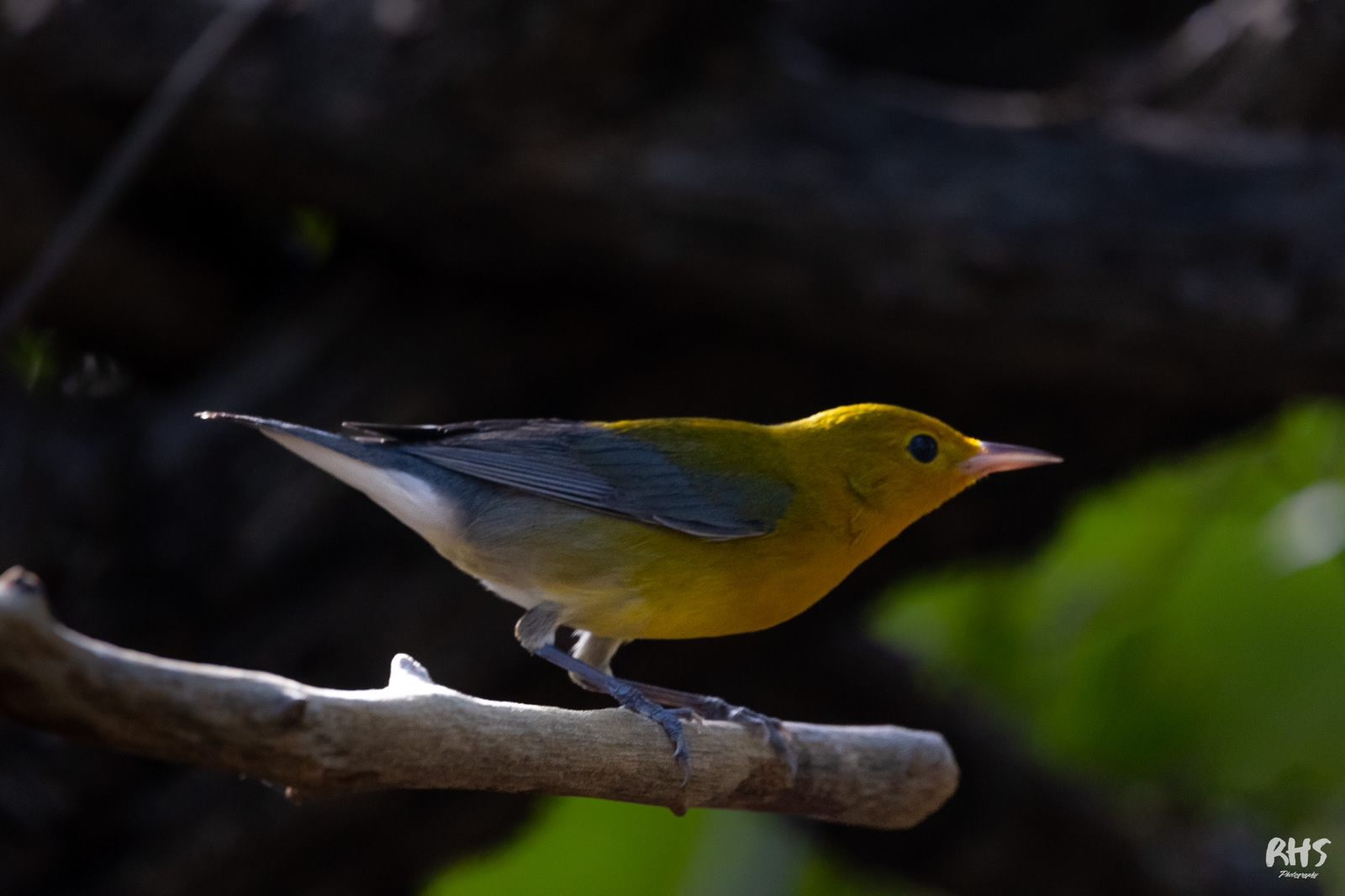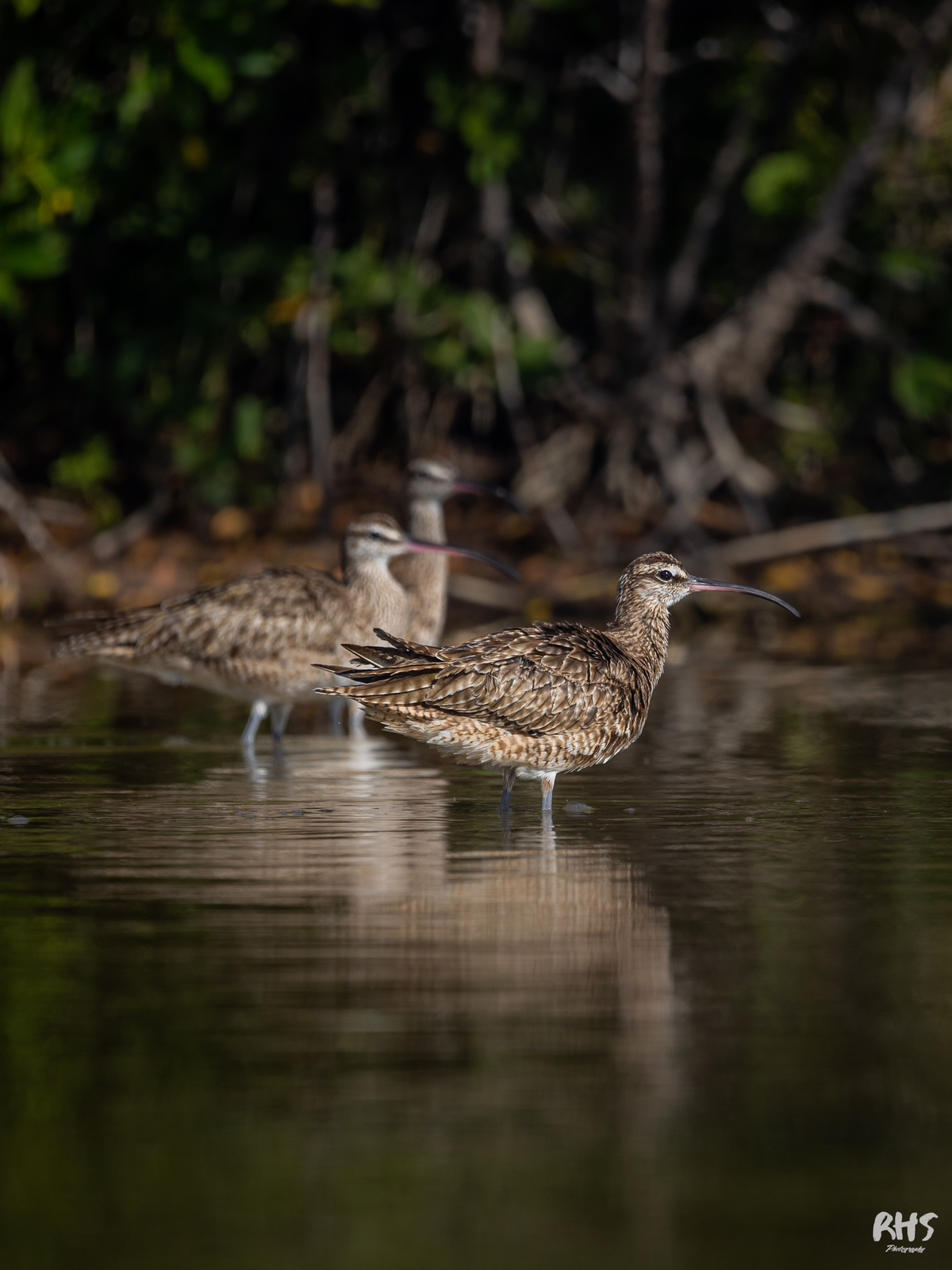The strikingly bright scarlet ibis is not a common sight in the Virgin Islands, but it has occasionally been spotted around the territory since its 2010 introduction to Necker Island.
It was one of the many birds spotted during the National Parks Trust of the Virgin Islands’ annual bird count.

Volunteers set out over the holidays to see how the territory’s avian population is faring and made some interesting discoveries along the way.
The NPT organised counts on Tortola, Jost Van Dyke and Anegada during the holidays and recently assessed the data, which it submitted to the National Audubon Society in the United States as a contribution to an international report.
Nancy Woodfield-Pascoe, NPT deputy director of science, research and environmental policy, said windy weather impacted the count, but volunteers nevertheless documented 1,455 birds this year.
She also noted that mangroves — a key habitat for many Caribbean juvenile species and valuable protection for coastlines against extreme weather events — are regenerating around the territory. They do, however, make birdwatching more difficult because they reduce visibility around salt ponds, she said.
Seven people contributed to the counts on Tortola and Jost Van Dyke on Dec. 17, finding 41 species with a total of 587 birds. Ms. Woodfield-Pascoe said the NPT is careful to avoid double counting by asking all the volunteers to come together in one day and to document the exact location of their finds.
On Jan. 4 on Anegada, five volunteers divided into two parties. They found 32 species and counted 868 birds, 387 of which were greater flamingos.

The yellow porthonotary warbler made a rare appearance, spotted by volunteers at an inland mangrove wetland.
Ms. Woodfield-Pascoe said documenting sightings of rare bird species like lesser yellowlegs, whimbrels and ruddy turnstones — all of which have been spotted in recent VI counts — contributes valuable information to regional reports like the State of the Birds Report by the US Committee of the North American Bird Conservation Initiative. VI residents have documented at least five of the 90 species that have lost half of their populations in the past 50 years, she said.
Ms. Woodfield-Pascoe added that she hopes to see more interest in birdwatching from Virgin Gordians so the island can be included in the future.
Protecting species
VI ecologist Clive Petrovic joined the Tortola count, offering his knowledge as a field scientist as he typically does every year.
“Not surprisingly, what we’ve learned over the years is that bird life is suffering due to hands of men,” he said. “So what we do is we try to document it and find out how much they’re declining over what time span and see if there is anything we can do about it.”
On Dec. 17, he was able to cover several areas on Tortola. Starting from Duffs Bottom, he worked his way up to Road Town, then to Port Purcell. After that, he moved on to Cane Garden Bay, Brewers Bay and then Paraquita Bay and Josiahs Bay. His day ended near the ponds at Beef Island. During his count, he spotted several species of birds, including scaly-naped pigeon, ground turtle dove, hawk and spotted sandpiper. Mr. Petrovic encouraged anyone with an interest in birding to get involved in these efforts, noting that excursions can be tailored to individuals’ ability to get to different locations.
“Although the count covers all areas of Tortola, it is equally valuable and perhaps more important to look at urban areas where there’s a lot more human impact,” he said.
Information about regional bird populations can be found at http://bit.ly/3GX0AJA.